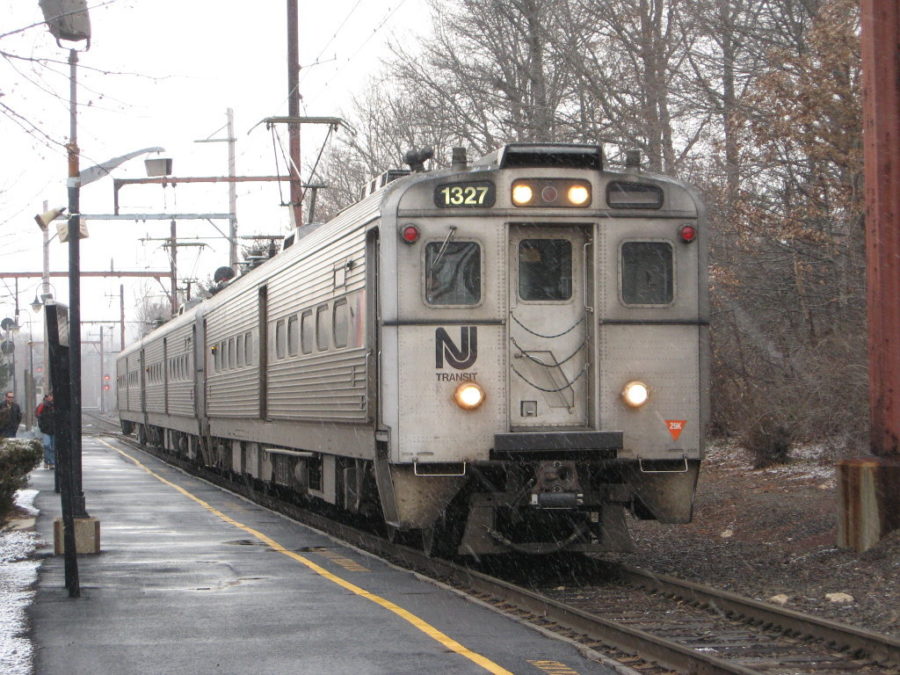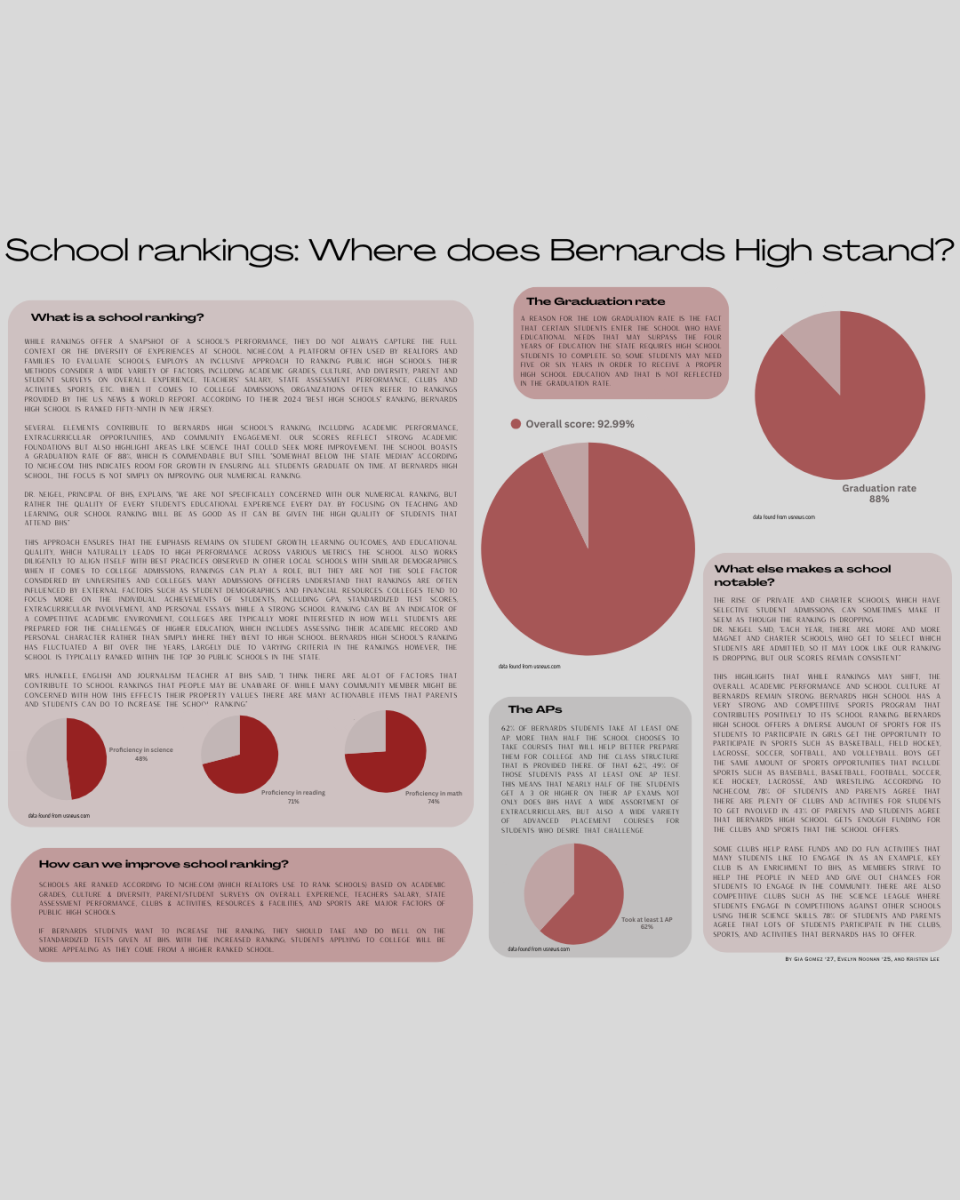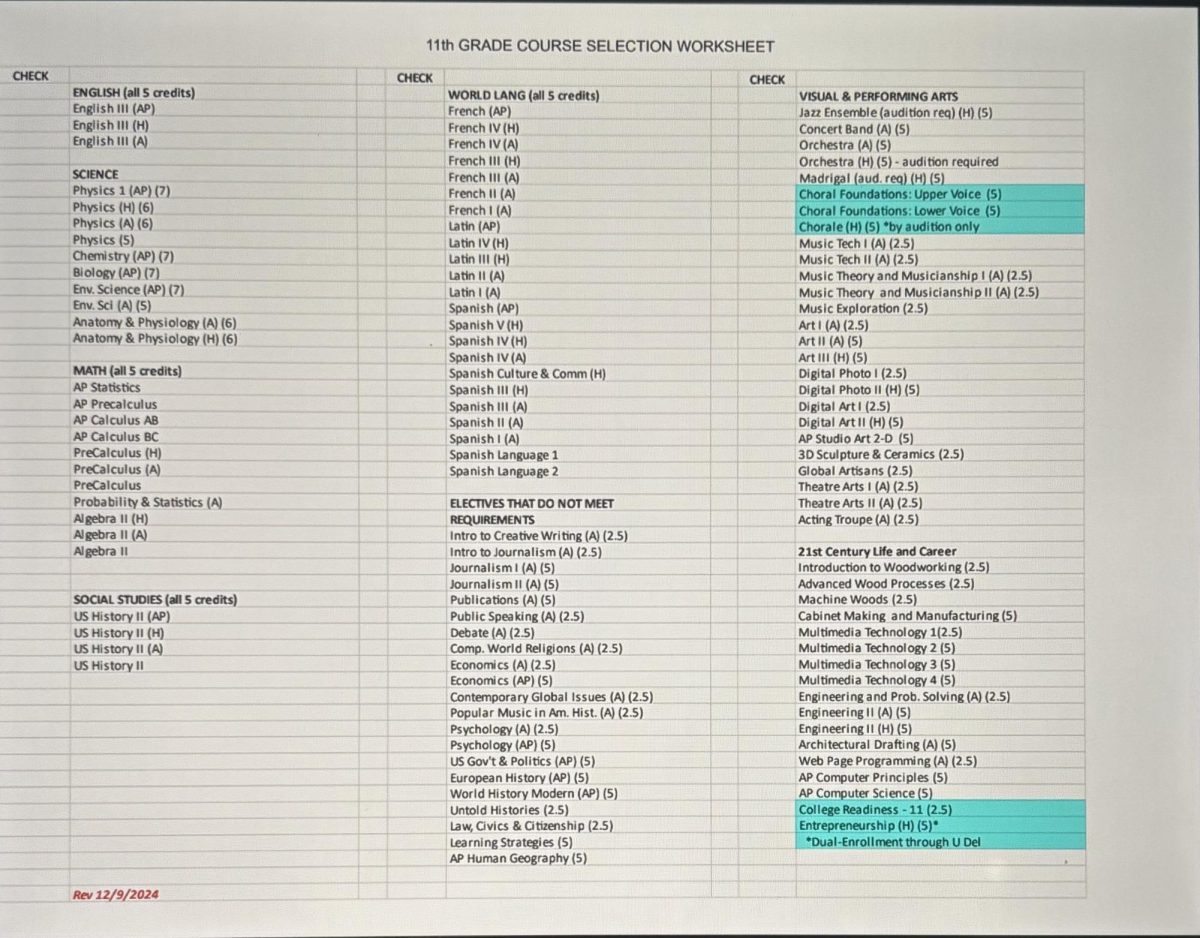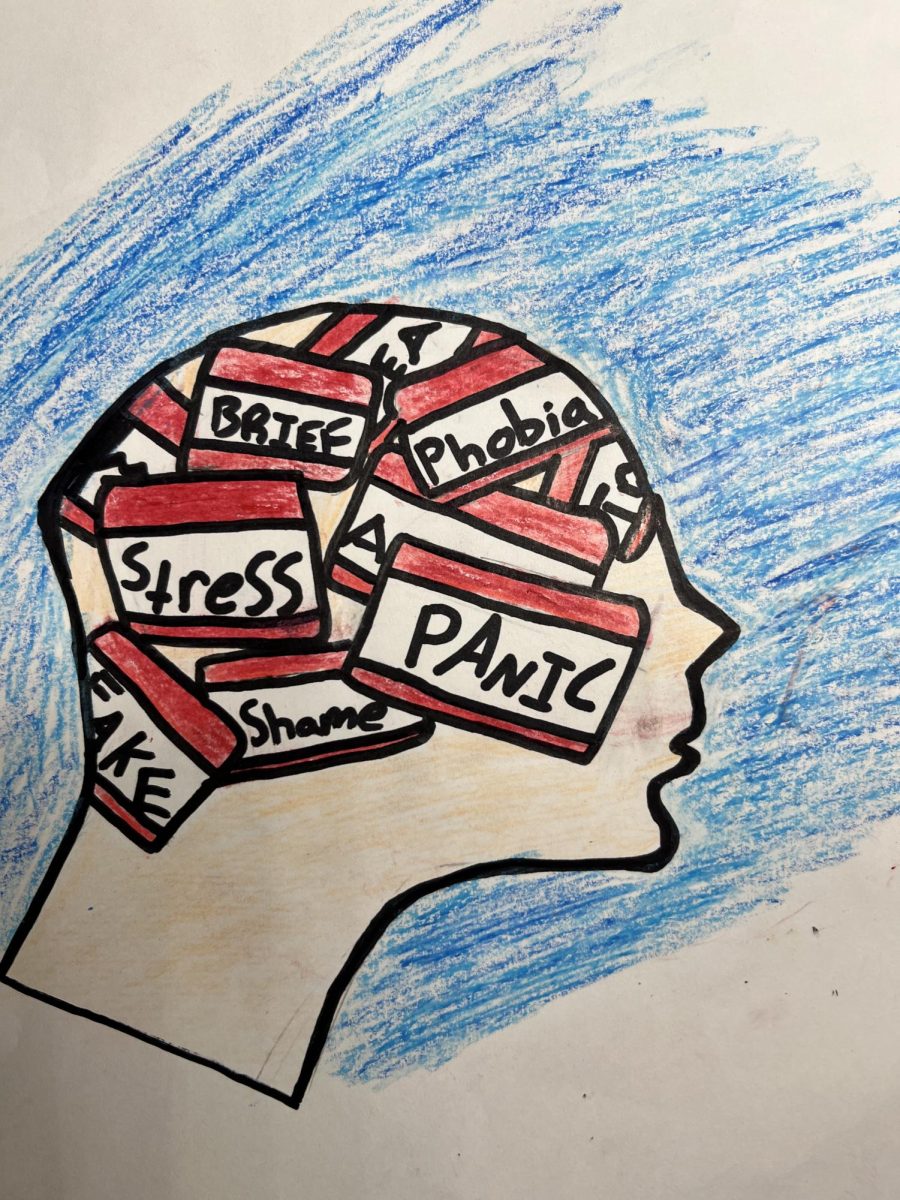An increase in railway derailments in recent years has resulted in severe property damage, fatalities, and injuries. Since the beginning of 2023, there have reportedly been more than a dozen train accidents in the United States. Several factors, including damaged tracks and human error are at fault for this issue.
The problem has evolved into a devastating pattern that still threatens both the economy and public safety despite countless efforts to fix it. In February of 2023, a freight train in Ohio derailed, crashing off the tracks carrying toxic chemicals in the town of East Palestine.
A freight train derailed close to a neighborhood outside of Chicago on February 26, 2023. The derailment resulted in a significant fire, many explosions, the evacuation of surrounding homes, and significant damage.
When asked what the main reason for train derailments are, Mr. Hemans, an engineering teacher here at BHS said that “It’s human error or track flaws”. And he would be correct, because studies of these accidents have identified a number of factors that contributed to them, including human error, track flaws, equipment failure, and environmental factors.
The derailment of the train in Chicago may have been caused by a broken rail, according to results. One of the most frequent reasons for train derailments is broken rails, which can happen as a consequence of normal wear and tear, poor maintenance, or a flaw in the manufacturing process.
The growing need for faster and heavier trains is another factor that leads to railway derailments. While this has increased productivity and decreased transportation expenses, it has also put more strain on the infrastructure, increasing the likelihood of derailments.
Several potential solutions have been put forth to deal with this problem. Improving track, equipment, and train inspection and maintenance is one such answer. This may involve utilizing cutting-edge monitoring tools like sensors and drones to find problems early and stop accidents.
Making investments in the infrastructure to increase its resistance to strain and wear is another option. High-strength steel and other substances that can sustain bigger loads and faster speeds may be used in this. Enhanced signaling and communication systems can aid in lowering the possibility of human error and improving the emergency reaction time.
Training and education programs can also help to make sure that maintenance workers and train operators have the abilities to recognize potential dangers and take measures into their own hands. Regular safety exercises, emergency response instruction, and on-going best practice education can all fall under this category.
Train derails are a severe issue that needs to be addressed right away. There needs to be an increase in the security for our rail transportation system, a lower likelihood of accidents, and guaranteed protection of the lives and property of those who depend on it by addressing the root causes and putting practical solutions in place.













